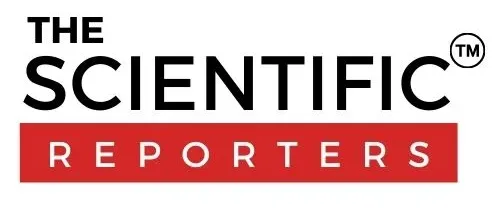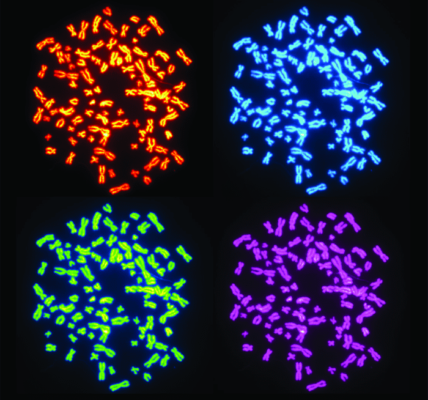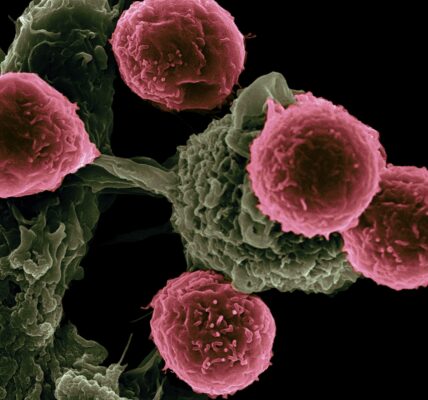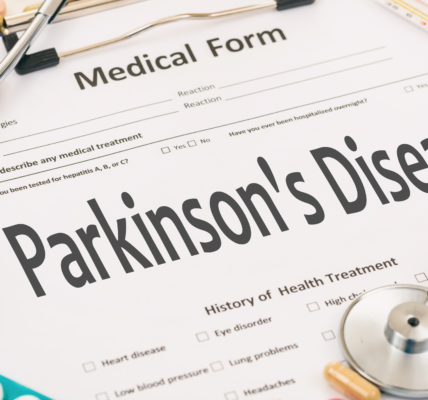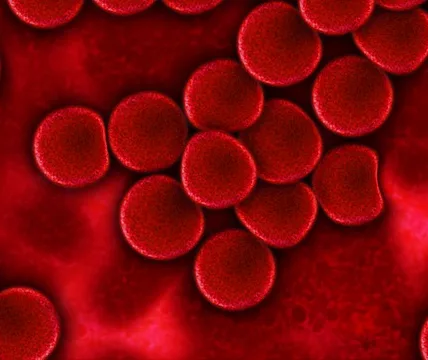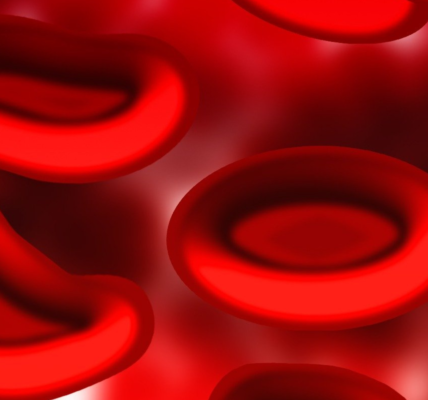Arrhythmogenic cardiomyopathy is a very rare genetic cardiomyopathy which thought to affect 1 in 5,000 people, where the heart muscle (myocardium) is replaced by both scar (fibrosis) and fat. This can mainly affect the right ventricle but sometimes the left ventricle or both. It is caused by some genetic defects that ultimately affect the desmosomes, which are proteins on the surface of heart muscle cells that link those cells together. It will lead to abnormality in the lower chamber of the heart i.e. ventricles that’s why it is called Arrhythmogenic right ventricular dysplasia (ARVD) or cardiomyopathy (ARVC).
The group of researchers has found a new mutation that leads to cardiac disease Arrhythmogenic Cardiomyopathy (ACM). The results of this study, published on March 2nd in Stem Cell Reports, could contribute to the development of new treatments for ACM.
Introducing desmosomes:
To fulfill the proper pumping function of the heart, there are millions of cells working actively. To make sure the conventional working of the heart there has to be communication between each muscle of the heart. And for that, the heart muscles should be in tight and compact form with each other. This requirement of heart muscles is fulfilled by desmosomes that are basically for a bridge between the cells. When mutations occur in genes responsible for forming these structures will lead to the disease called Arrhythmogenic Cardiomyopathy (ACM) in which the heart fails to contract properly.
The new mutation:
“We investigated the genetic material of an ACM patient and encountered a previously unknown mutation in the gene desmoplakin,” says the first author of the study Sebastiaan van Kampen. Desmoplakin is basically a gene that is responsible for the formation of desmosomes. To know more about this mutation, researchers cultured the heart muscle cells from patients in the laboratory. Van Kampen further added that “We compared these heart muscle cells to the same heart muscle cells in which we repaired the mutation using CRISPR/Cas9. The heart muscle cells that contained the mutation turned out to be less tightly connected.” Also, they have found that these particular cells lack ion channels which play a crucial role in electrical signaling and action potential as well which stimulates the contraction of heart muscles and from this, the researchers have concluded that this new mutation will lead to the formation of ACM in patients.
Though multiple mutations can lead to the occurrence of ACM but the underlying mechanism is still unknown. To find out this, the scientists used cultured heart muscle cells from the patient and they discovered that the protein called PITX2 is highly expressed in the diseased heart muscle cells and this particular protein is somehow responsible for the loss of desmosomes and ion channels. “When we removed the protein from the diseased heart muscle cells, the levels of ion channels and desmosomal proteins in the cells of the patient showed a remarkable recovery,” explains Van Kampen.
Future aspect:
This study can contribute potentially to reliable and more effective treatments for ACM patients. “Although we don’t know how the new mutation leads to increased levels of PITX2, we see the same happening in a second mutation. Increased levels of PITX2 may lead to ACM in the context of many more mutations,” says Eva van Rooij.
Follow The Scientific Reporters for more such interesting updates!
